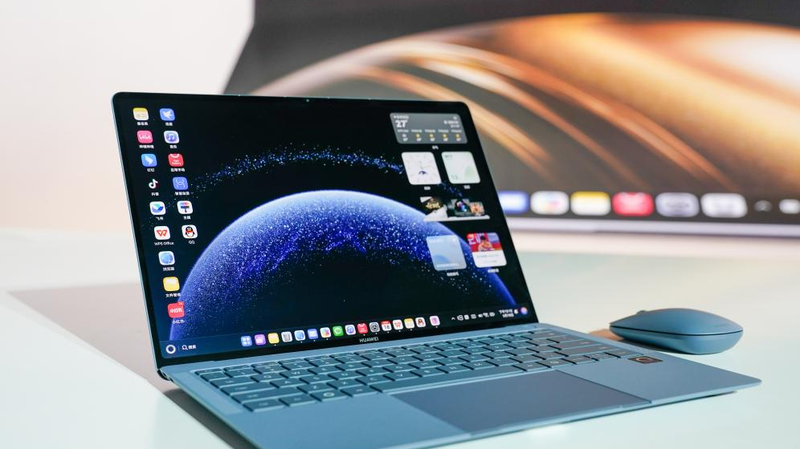U.S. Export Controls Under Fire
This year, the U.S. launched a new campaign to curb the use of advanced chips from the Chinese mainland, including Huawei’s Ascend series. While framed as a security measure, critics argue it smacks of economic bullying and protectionism.
Boosting Domestic Innovation
Far from slowing progress, these controls have supercharged the Chinese mainland’s chip ecosystem. From 2018 to 2024, exports soared from 559.1 billion yuan (about $77.8 billion) to over 1.1 trillion yuan. Companies like Huawei, Biren, Enflame and Yangtze Memory Technologies Corporation have raced ahead, launching fully homegrown operating systems and cutting-edge hardware.
Huawei’s Comeback Story
After revenue dips in 2019 due to U.S. restrictions, Huawei bounced back in a big way. By 2024, its revenue topped pre-restriction levels, and in May it unveiled new personal computers powered by Harmony OS—its own kernel-to-application system. Its latest AI chips rival Nvidia’s performance at 60–70% of the cost.
Global Footprint Remains Strong
Attempts to sideline the Chinese mainland in 5G haven’t stuck either. Strand Consult data shows that as of late 2024, one-third of 5G sites across 32 European countries still run Chinese mainland network equipment. Projections suggest a 29–32% market share for these suppliers through 2028.
What’s Next?
Rather than stifling growth, containment measures may be driving a new wave of breakthroughs in AI, semiconductors and beyond. As supply chains adapt and innovators innovate, the long game could well favor resilience over restriction.
Reference(s):
Targeting China's advanced chips is another step in wrong direction
cgtn.com




